

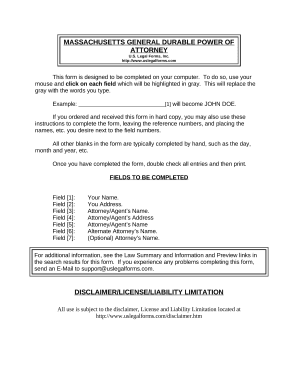
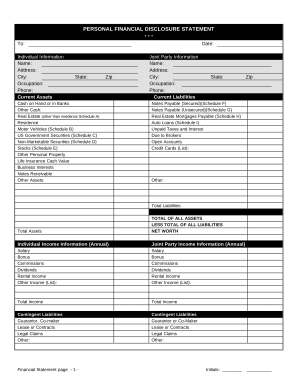



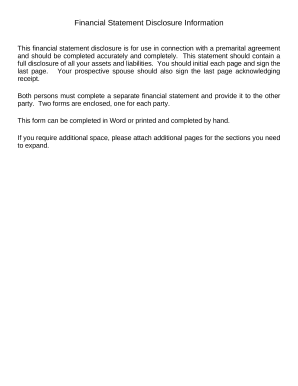

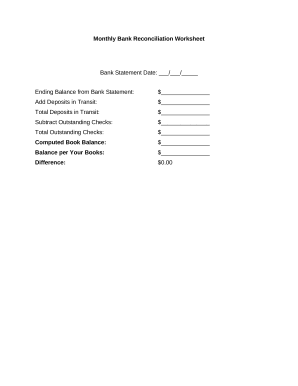

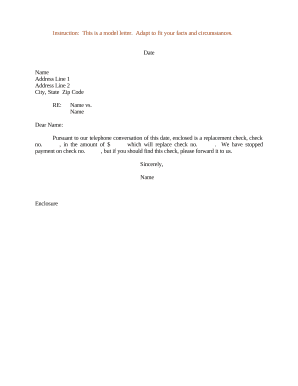

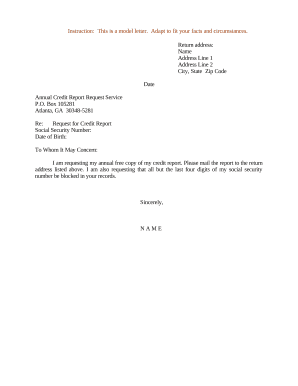



Your workflows always benefit when you can easily get all of the forms and documents you require at your fingertips. DocHub gives a vast array of templates to relieve your day-to-day pains. Get hold of Financial Document Templates category and quickly find your document.
Begin working with Financial Document Templates in a few clicks:
Enjoy fast and easy record managing with DocHub. Check out our Financial Document Templates category and discover your form right now!